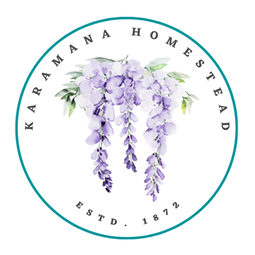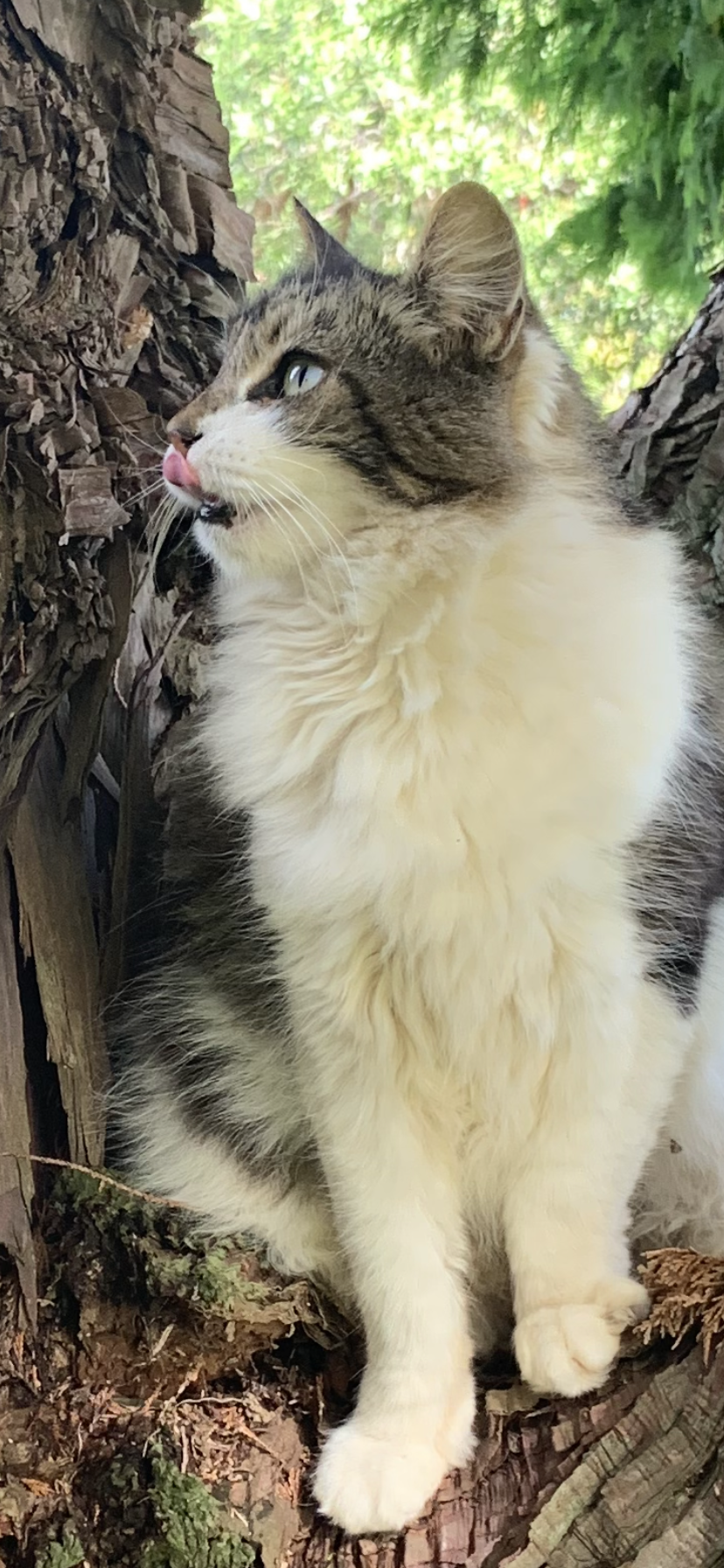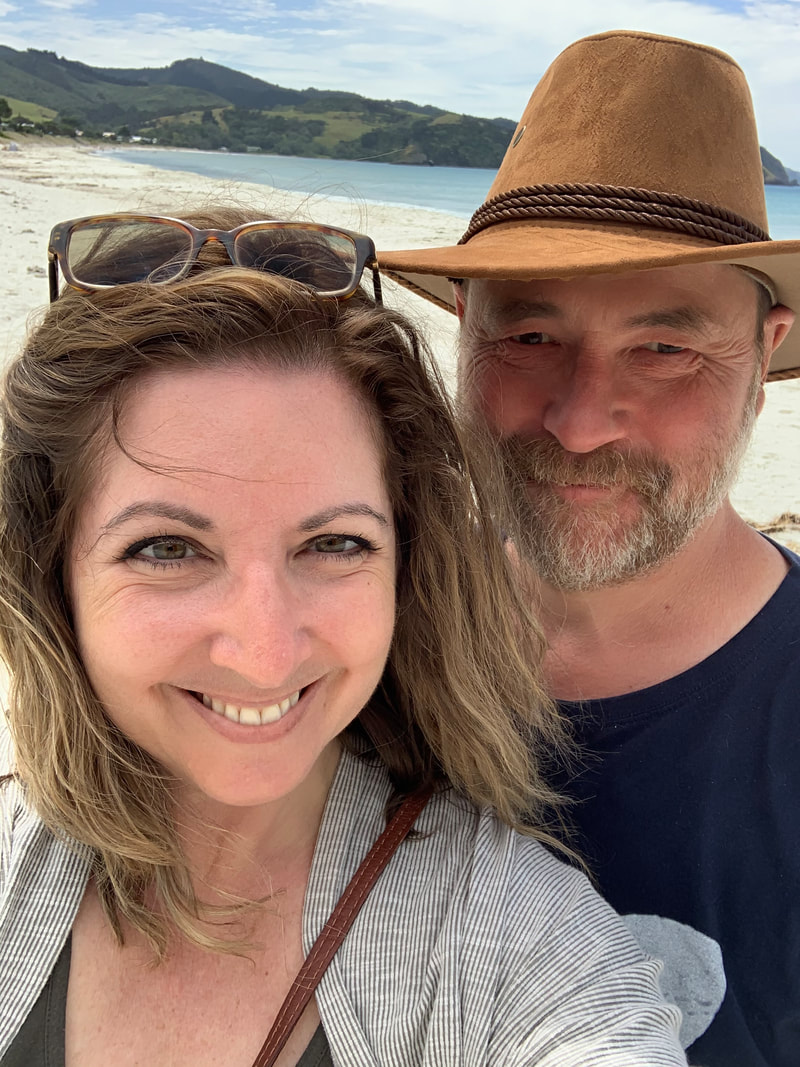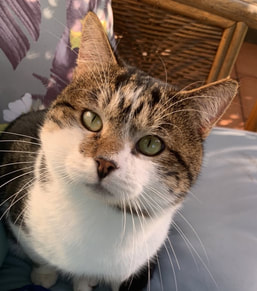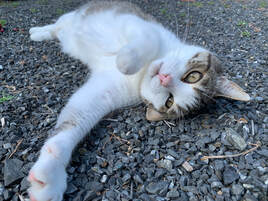Your Hosts
Ash, a geologist, born and raised on Auckland's North Shore, has been living in Coromandel Town for over 20 years and has extensive knowledge of the gold mining history on the peninsula. Need advice on sightseeing? He will be your expert resource for things to see and do around town.
Ann-Marie, originally from Vancouver BC, has worked as a paralegal and travel agent...and now enjoys sharpening her baking skills with creative new treats for the guests. Need everything else? She'll be happy to help.
Together we're the perfect match for making your stay an enjoyable one with local knowledge and care for detail.
You'll also meet our rescue cats Gigi, Luigi and Tucker...they may look very similar but their personalities are quite unique!
Ann-Marie, originally from Vancouver BC, has worked as a paralegal and travel agent...and now enjoys sharpening her baking skills with creative new treats for the guests. Need everything else? She'll be happy to help.
Together we're the perfect match for making your stay an enjoyable one with local knowledge and care for detail.
You'll also meet our rescue cats Gigi, Luigi and Tucker...they may look very similar but their personalities are quite unique!
